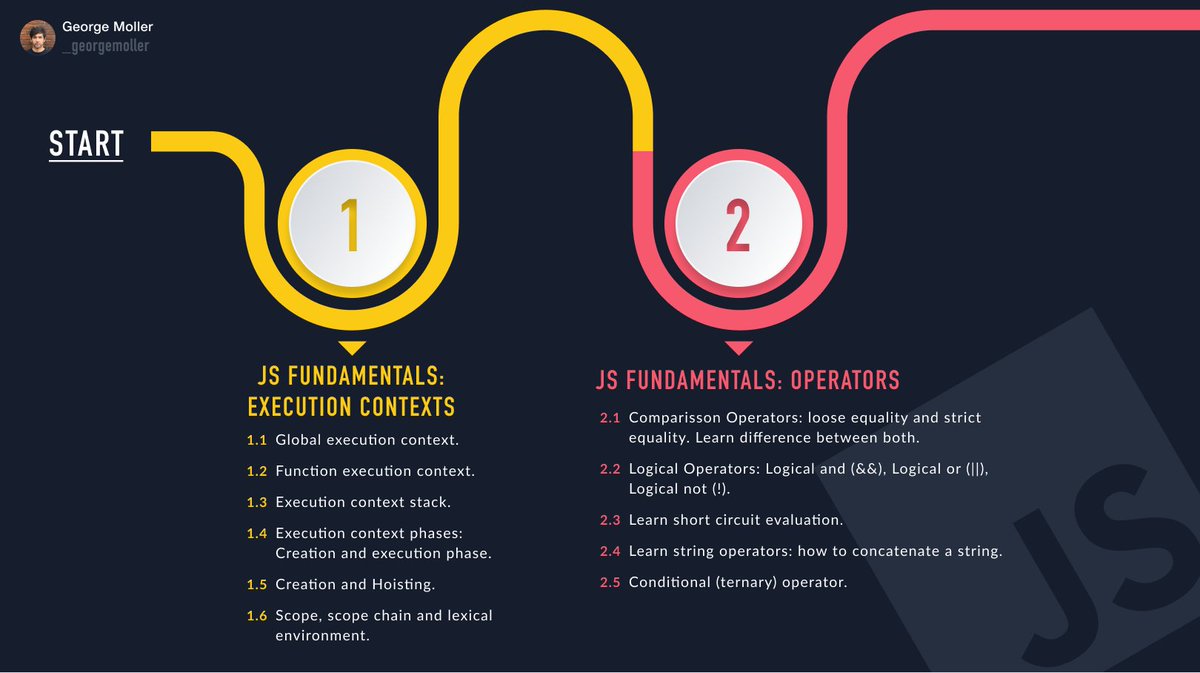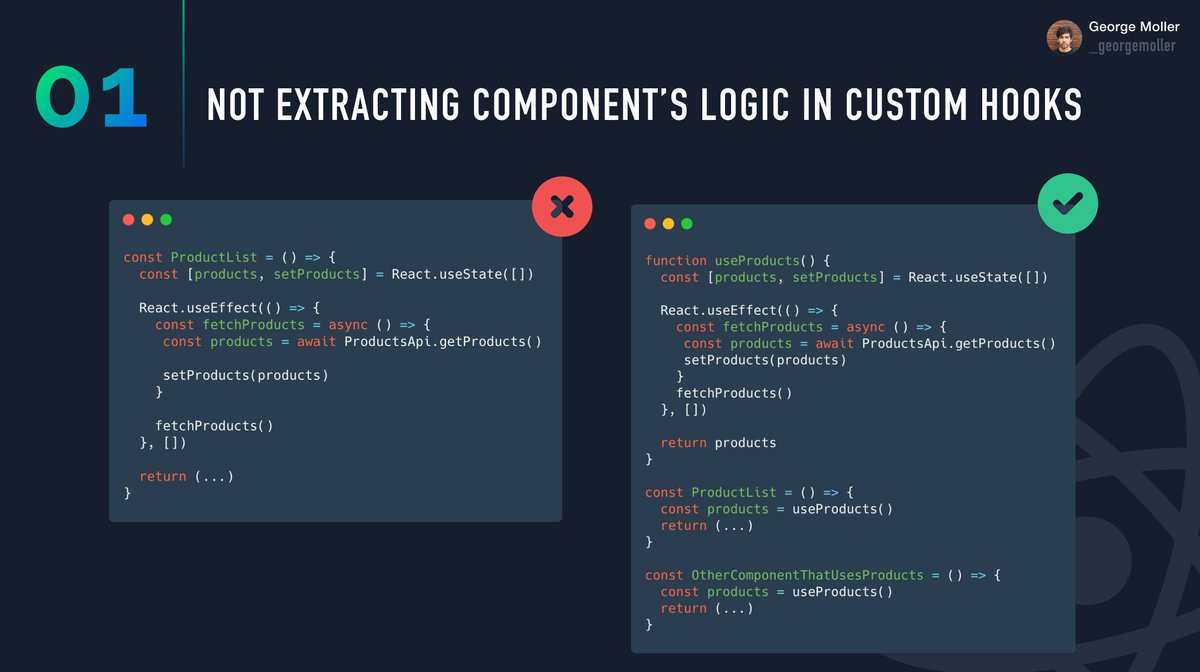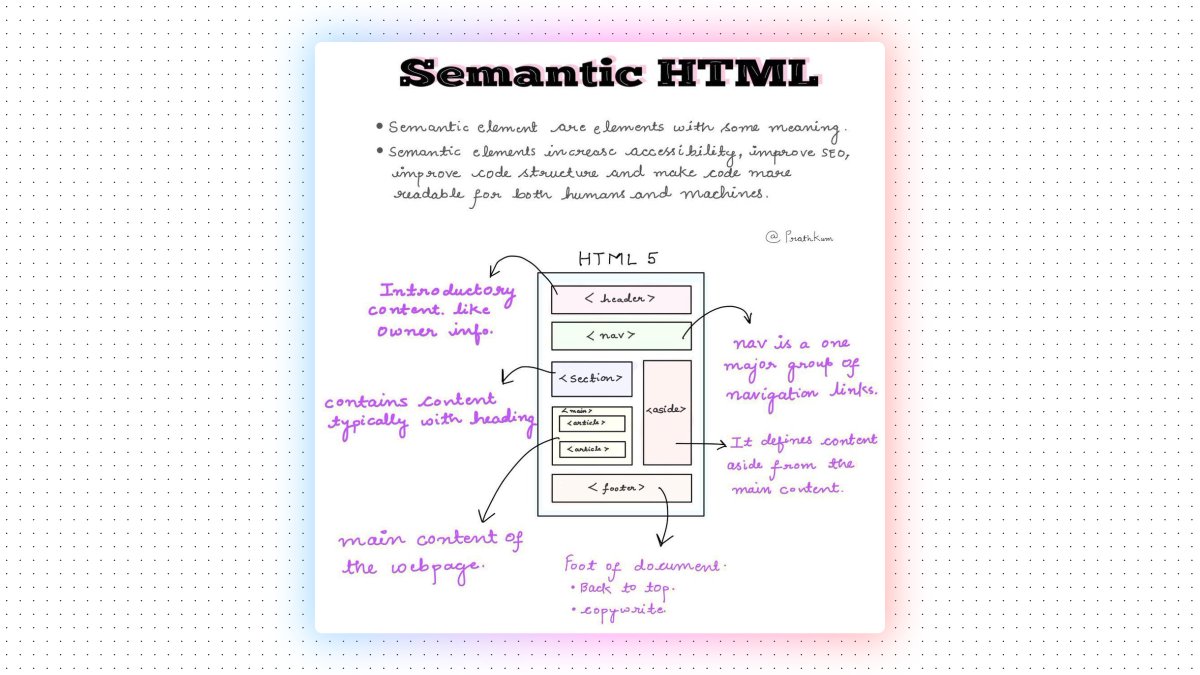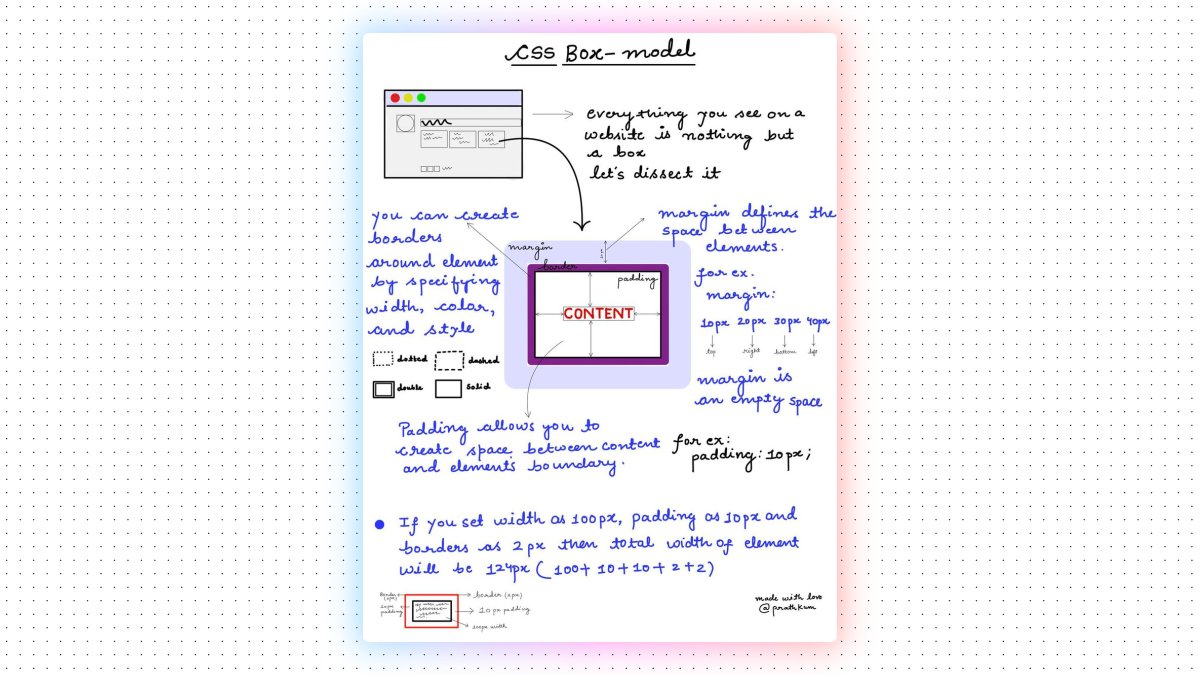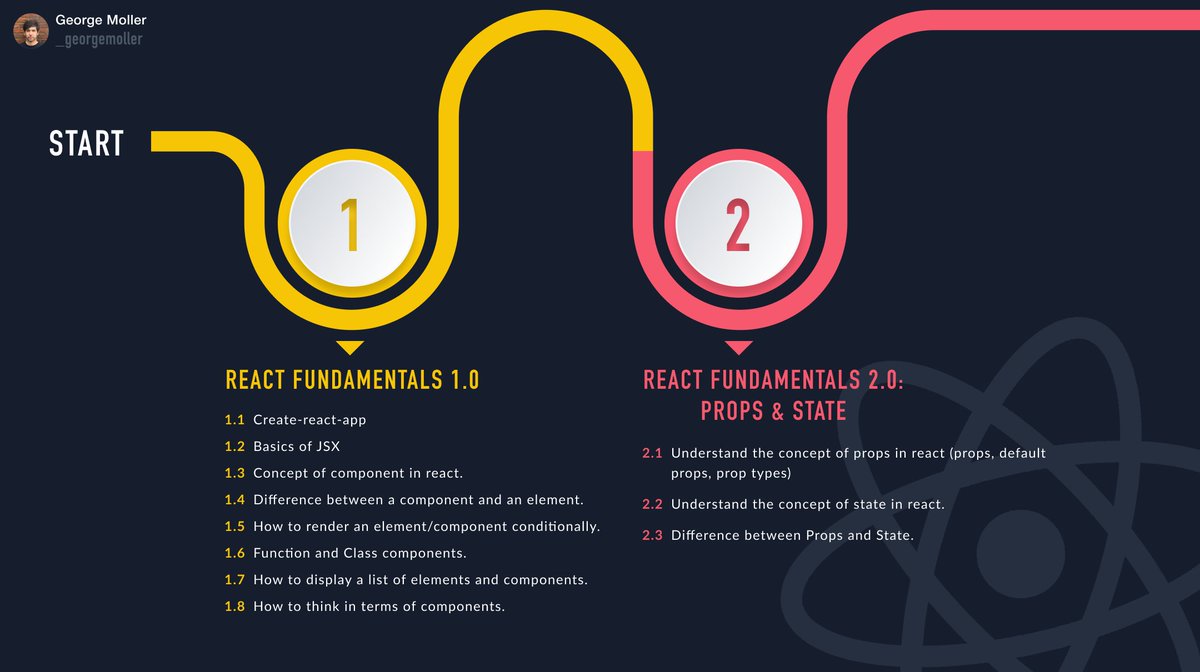
More from George Moller
More from Webdev
Five great icons websites for every web developer and designer ⏺️
A Thread 🧵👇🏻

1️⃣ Icons 8
- Icons8 is just more than icons. You can download illustrations, vector images, music and much more
🖇️ https://t.co/inHse0QXBh

2️⃣ Icon Monstr
- Black and white themed minimal icons which looks super great. You can also cuatomize the thickness
🖇️ https://t.co/dbQrJi0IHf

3️⃣ Icon Icons
- Over one thousand free icons which you can download as icons or images
🖇️ https://t.co/h5NlH5fGGr

4️⃣ Icons finder
Filter through the world’s largest marketplace for icons with flexibility and ease. Made up by submissions from top designers around the world, and curated by the team
🖇️ https://t.co/sqiZ6H9sR7

A Thread 🧵👇🏻

1️⃣ Icons 8
- Icons8 is just more than icons. You can download illustrations, vector images, music and much more
🖇️ https://t.co/inHse0QXBh

2️⃣ Icon Monstr
- Black and white themed minimal icons which looks super great. You can also cuatomize the thickness
🖇️ https://t.co/dbQrJi0IHf

3️⃣ Icon Icons
- Over one thousand free icons which you can download as icons or images
🖇️ https://t.co/h5NlH5fGGr

4️⃣ Icons finder
Filter through the world’s largest marketplace for icons with flexibility and ease. Made up by submissions from top designers around the world, and curated by the team
🖇️ https://t.co/sqiZ6H9sR7








